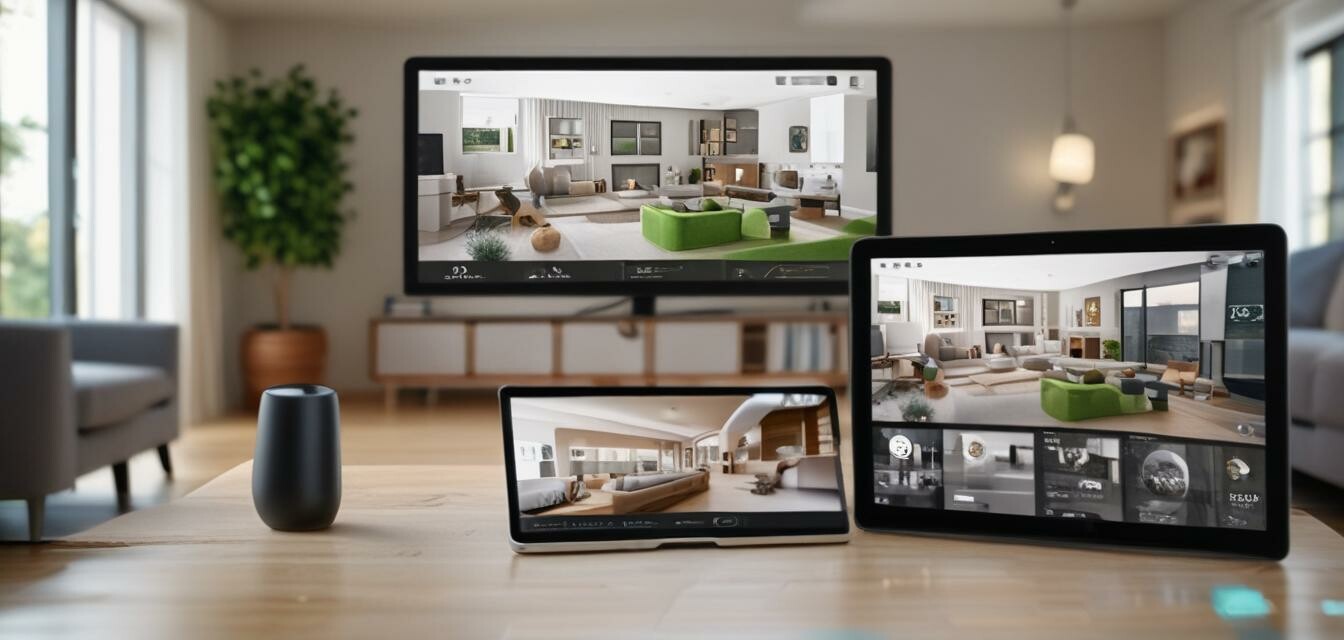
How Remote Security Monitoring is Changing Home Safety
Key Takeaways
- Remote monitoring solutions offer enhanced control over home security.
- Technological advancements have significantly improved the effectiveness of home security systems.
- Many homeowners are shifting towards integrated smart home systems for convenience.
- Privacy and data security remain vital considerations in remote monitoring.
- Future-proofing your security system is essential amid rapid technological changes.
The landscape of home security has changed dramatically in recent years with the advent of remote security monitoring. As technology evolves, so do the solutions available to homeowners looking to protect their loved ones and property. In this article, we will explore how remote monitoring solutions have revolutionized home safety, focusing on technological advancements, the shift in consumer behavior, and important trends to watch.
The evolution of remote security monitoring
Remote security monitoring has come a long way from the early days of home security systems. Initially, security solutions required physical presence either through local monitoring teams or direct observance. With advancements in technology, however, homeowners now have the ability to monitor their properties from virtually anywhere in the world.
Historical overview
The journey of remote monitoring began with traditional alarm systems. These systems would alert residents and authorities of intrusions via telephone lines. As internet technology matured, so did security monitoring methods. Connected devices began to emerge, providing a more reliable and comprehensive monitoring experience.
The rise of IoT in home security
The Internet of Things (IoT) significantly shaped the remote security monitoring landscape. Security cameras, alarms, and door locks integrated with mobile applications empower homeowners to keep vigilant watch over their homes, even from afar.
Key technological advancements
The introduction of smart devices has led to a series of technological advancements that are reshaping home security. Here are some notable features contributing to enhanced home safety:
| Technology | Description |
|---|---|
| Smart Cameras | Utilizing high-definition video and night vision to capture clear images, often equipped with motion detection. |
| Cloud Storage | Allows homeowners to store surveillance footage securely online for easy access and review. |
| Mobile Applications | Provides users with real-time alerts and live feeds of their properties, allowing instant control at their fingertips. |
| AI Integration | Enhances security systems with features like facial recognition and pattern detection to recognize unusual activities. |
Changing consumer behavior
With the growing prevalence of smart home technology, consumer behavior has shifted significantly. Homeowners increasingly prefer integrated security solutions that provide adaptability and comprehensive coverage:
- Convenience: Users now prefer managing all systems through a single app.
- Integration: Many homeowners opt for security systems that can integrate seamlessly with other smart home devices.
- Customization: Solutions now offer personalized settings and notifications based on user preferences.
- Cost-effectiveness: Consumers are looking for affordability without compromising on quality.
Emerging trends in home security
As remote monitoring continues to gain traction, several key trends are emerging that will likely shape the future of home security:
- Increased focus on privacy: Homeowners are becoming increasingly aware of potential data vulnerabilities.
- Integration with smart home systems: Expect to see more products that work together for a seamless home experience.
- Remote management capabilities: The ability to control systems from anywhere will become commonplace.
- Emphasis on user-friendly interfaces: New systems are prioritizing ease of use to appeal to a broader audience.
Considerations for homeowners
Before adopting a remote security system, homeowners should consider a few key points:
- Reliability of connectivity: Ensure that your internet connection is stable to avoid interruptions.
- Potential for data breaches: Investigate privacy practices of the service providers.
- Future-proofing: Choose systems that allow for upgrades as technology progresses.
Tips for selecting a remote monitoring solution
- Read customer reviews: Gain insights into the experiences of other users.
- Compare features: Evaluate different systems based on what you need for your home.
- Consider professional installation: Some devices may require expertise for optimal performance.
- Ensure compatibility: Check if the security devices can integrate with your existing home network and smart devices.
Pros
- Enhanced convenience and accessibility.
- Real-time alerts empower quick reactions.
- Increased peace of mind when away from home.
- Ability to monitor multiple locations easily.
Cons
- Dependence on internet connectivity.
- Potential risk of hacking and privacy concerns.
- Higher upfront costs for advanced systems.
- May require regular updates and maintenance.
Final thoughts
The rise of remote security monitoring is transforming how we view home safety. With technological advancements making solutions more effective and consumer preferences shifting towards integrated systems, homeowners can benefit from greater control and peace of mind. However, it's crucial to consider the implications surrounding privacy and data security as you navigate the world of smart home technology.
To discover more trends in smart home security, visit our News and Trends section. If you're also looking for specific devices, explore our categories such as Surveillance Cameras or Smart Locks.